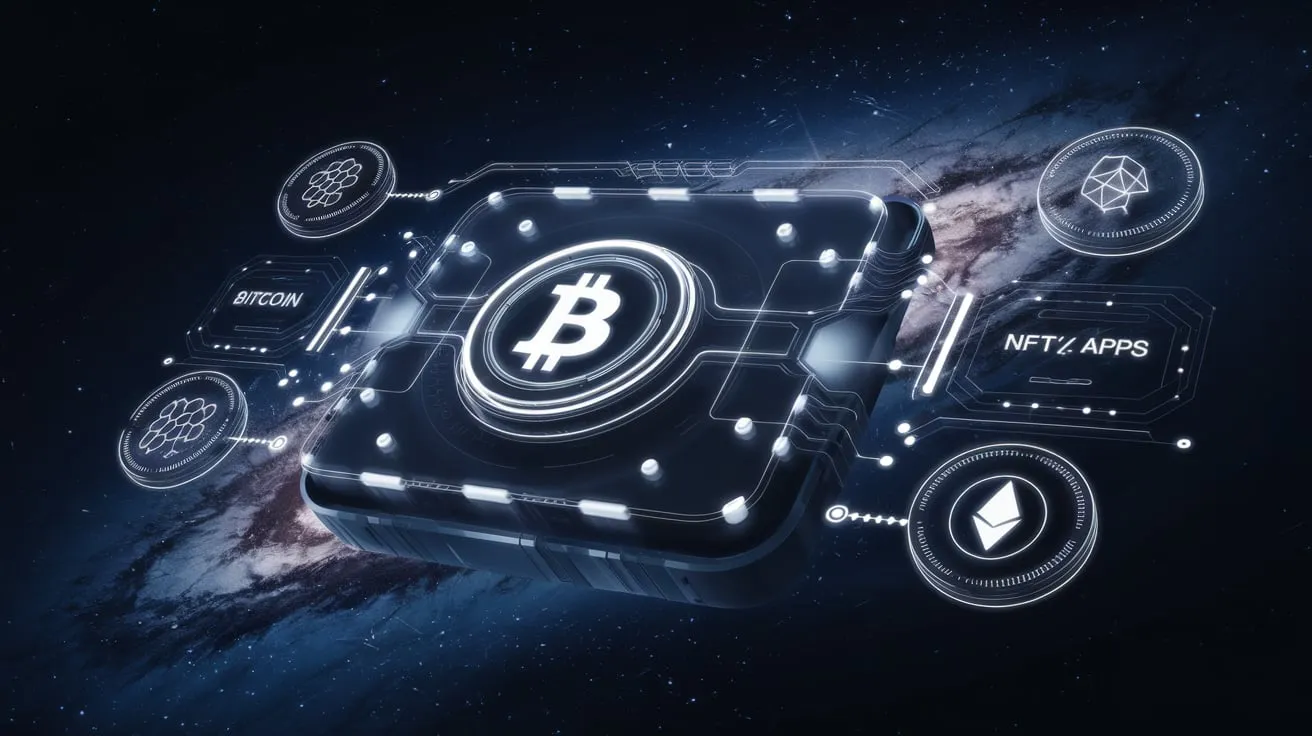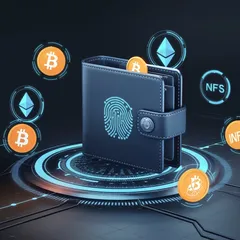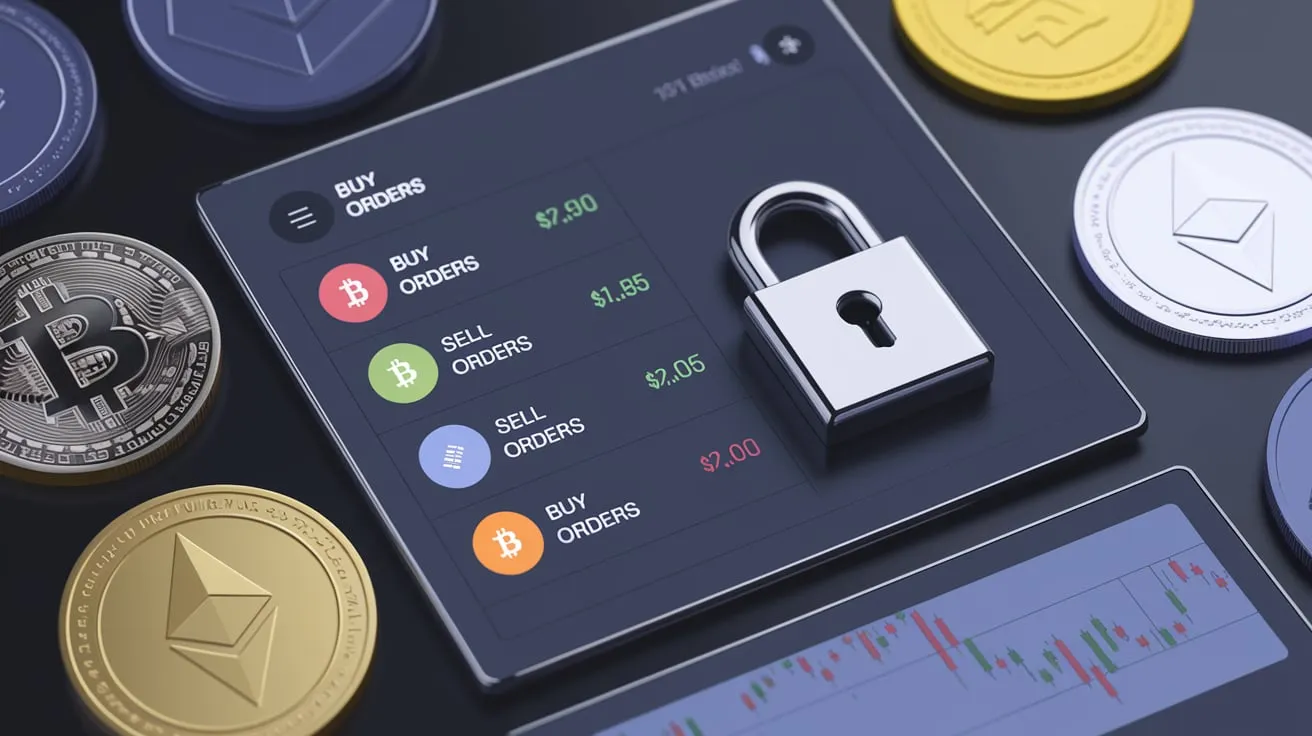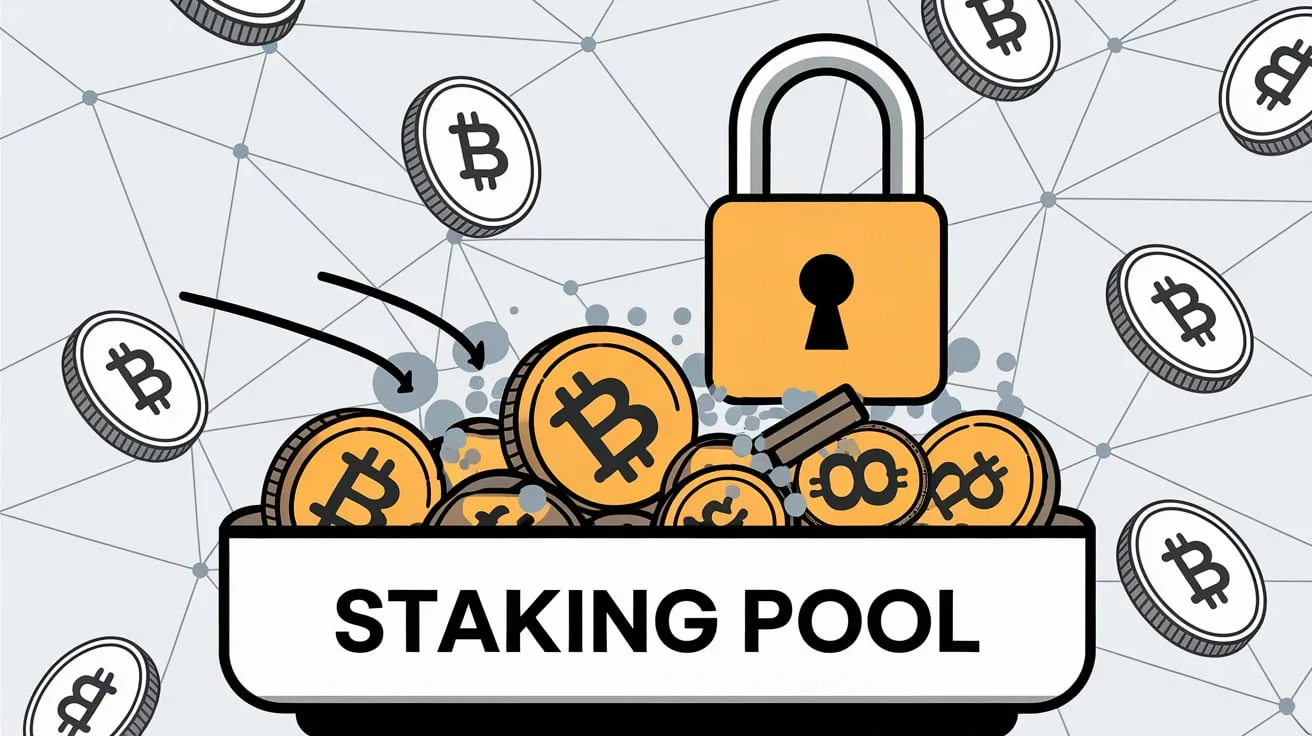
Do you want to gain complete control of your crypto assets and unlock the amazing world of Web3 in blockchain technology? Many Web3 wallets offer users the opportunity to interact with Web3 applications.
If you are a beginner or an expert crypto trader, this article will show you the 5 best Web3 wallets to help you kickstart your journey and improve it. Remember that these popular Web3 wallets will help you manage your assets, and interact with decentralized applications (dApps) in the crypto wallet.
In conclusion, you will know the right Web3 wallet to choose from and how to set up your Web3 wallet effectively to manage your NFTs and cryptocurrencies.
What is a Web3 Wallet?
Web3 wallets are digital wallets connected to the internet that allow users to the blockchain. Web3 wallets allow users to safely store tokens, manage Non-Fungible Tokens (NFTs), and access various dApps on the blockchain network.
Unlike cryptocurrency wallets, these types of wallets are decentralized and offer full control and autonomy over digital assets in the Web3 landscape.
For more explanation on Web3, you can check this related article on Web3. It talks about how it works, the features of Web3, and various use cases in real life.
Why Do You Need a Web3 Wallet?
In the crypto market, the importance of Web3 wallets cannot be overlooked. The following reasons are why you need a Web3 wallet to keep your crypto:
- Security: The wallet you choose comes with strong Web3 security and is designed to be a haven for keeping and accessing all your digital tokens.
- Interacting with dApps: The wallets also support Decentralized Finance (DeFi), blockchain apps, and gaming for crypto owners who want to enjoy the potential of the Web3 world.
- Managing NFTs: Web3 wallets enable users to monitor, track, and transfer NFTs easily.
5 Best Web3 Wallets to Start Your Crypto Journey

When it comes to Web3 wallets, there are so many popular wallets available today. In this section, we will list out the 5 best Web3 wallets available on the internet:
1. MetaMask
MetaMask wallet is the most common wallet to use in Web3 because it is compatible with Ethereum and ERC-20 tokens. You can access your wallet through a browser extension or download the app.
This Ethereum wallet allows users to receive crypto and access various dApps from the dashboard. When it comes to wallet security, Metamask provides a secure environment for managing NFTs.
Main Features of MetaMask Wallet:
- It is compatible with several DeFi platforms
- MetaMask comes with strong security and an intuitive user interface
- It is an open-source wallet software
2. Trust Wallet
Just like Binance, this wallet is perfect for crypto enthusiasts. Trust Wallet is a versatile mobile wallet that is compatible with several blockchain systems. The wallet lets users explore the Web3 ecosystem.
If you are looking for a self-custody wallet that allows you to manage your NFTs, and explore several DeFi and dApps on different blockchains, Trust Wallet is designed for that purpose.
Key Features:
- It has an integrated dApp browser for users
- The wallet is designed for users who want to make more money through staking and other opportunities.
- Supports different types of digital assets
3. Coinbase Wallet
Coinbase Wallet supports popular cryptocurrencies like Bitcoin and Ethereum. It functions like other custodial wallets and is a subsidiary of the Coinbase exchange.
With this software wallet, users can access the Coinbase exchange thanks to its integration. It is perfect for beginners who are just starting their Web3 journey.
Key Features:
- Coinbase wallet has an Integrated dApp browser for Web3 social applications.
- Presence of cloud backup for storing private keys and wallet address
- Comes with NFT storage.
4. Argent Wallet
Argent Wallet concentrates on developing a wallet that simplifies the user experience by making DeFi and Web3 activities easy to access for users. The wallet comes with integrated security features that include a smart contract wallet.
Main Features:
- You can gain access to your wallet without using seed phrases
- The wallet supports Layer 2 blockchain for low gas fees
- It has a multi-signature wallet to improve security
5. Ledger Live (with Ledger Hardware Wallets)
Hardware wallets are physical wallets for storing digital assets. Ledger wallets are hardware wallets designed for storing cryptocurrencies for a long time.
It is a cold wallet that offers solutions for DeFi and dApp interaction within the wallet. Ledger Live paired with Ledger's hardware wallets is best used for offline storage of private keys.
Key Features:
- It is a wallet that supports more than 1500 cryptocurrencies
- Users can gain access to various dApps via Ledger Live
- Comes with top-tier security against breaches and hacks.
Things to Consider When Selecting a Web3 Wallet
To unlock the potential of Web3, you need a wallet that aligns perfectly with your goals. When you want to choose a wallet that supports Web3, you must make your choice based on the following areas:
- Security: Pick a wallet that has strong safety features like two-factor authentication (2FA) and private key ownership. If security is your main reason, then a wallet like Ledger Live will do the job.
- User Experience: A wallet with a simple interface can make it easy for users to navigate and use it perfectly. If you are new to Web3 and need a safe landing, consider using wallets like Coinbase and MetaMask because they are easy to use.
- Compatibility: Before investing in cryptocurrencies, select a wallet that is compatible with the blockchain and digital tokens you want to invest in. For example, Trust Wallets is compatible with several blockchains while MetaMask is mainly for Ethereum assets.
- DeFi and dApp Access: To enjoy the full benefits of Web3, you will need a wallet that supports this integration. Wallets like MetaMask and Trust Wallet provide easy access to Web3 applications such as DeFi and dApps.
How to Set Up Your Web3 Wallet

After selecting the type of wallet, setting up the Web3 wallet is the next step to take. For setting up your Web3 wallet, here are some steps you want to take:
- Choose a Wallet: The first step towards setting up your wallet is choosing the wallet you are comfortable with. I have listed important areas that will make it easy for you to select the right one.
- Install Your Wallet: After making your choice of wallet, you can install the wallet mobile app or go for the browser plugin. Make sure you install it from the official website.
- Create an Account: The third step is creating an account after downloading your wallet. If you already have an account, you can log in. Endeavor to use strong passwords when creating your account.
- Backup Your Seed Phrase: This is an important step to consider and take seriously. After registering, you will be given a 12-24 word seed phrase. These phrases are very important because you can use them to recover your wallet when you lose your device. Write it down in a safe place and store it. Your seed phrase is your best friend in the world...DO NOT SHARE IT WITH ANYONE!
- Add Funds: Congratulations on creating your account. Now you can deposit funds into it to start trading and buying NFTS. Here is how you can receive and buy crypto:
- To receive crypto, copy the public address of your wallet and send it to the person you want to receive crypto from.
- To buy crypto, you can do this by using various payment methods like Bank transfer, credit cards, and other channels you are convenient with.
6. Start Using dApps and NFTs: After purchasing your first crypto, you can explore the various Web3 features on the wallet. You can trade NFTs directly within the wallet and use dApps and DeFi to explore Web3.
For additional Resources, watch this YouTube video and learn how to set up your Web3 wallet in minutes
Conclusion
Web3 wallet has recently become an important tool for accessing the world of decentralized apps and blockchain. The wallets listed in this article are recommended by crypto analysts and are very effective for performing transactions on the Web3 ecosystem.
Whatever your reasons for using Web3, these wallets will serve you better and will increase your experience. They are proven to be versatile, secure, and useable in the long run.
FAQs
What is the difference between Web2 and Web3 wallets?
Web3 wallets provide decentralized control, allowing individuals to handle their private keys and assets, whereas Web2 wallets are usually managed by centralized systems such as PayPal.
Can Web3 wallets store NFTs?
Yes, Web3 wallets, such as Trust Wallet and MetaMask, enable users to securely store, access, and manage NFTs.
Are Web3 wallets free to use?
Although the majority of Web3 wallets are free to download and use, transfers and dApp interactions still incur transaction costs (like Ethereum's gas fees).
How do I ensure the security of my Web3 wallet?
Avoid sharing your private keys, create secure passwords, and turn on two-factor authentication (2FA). Think about utilizing a hardware wallet for optimal security.




